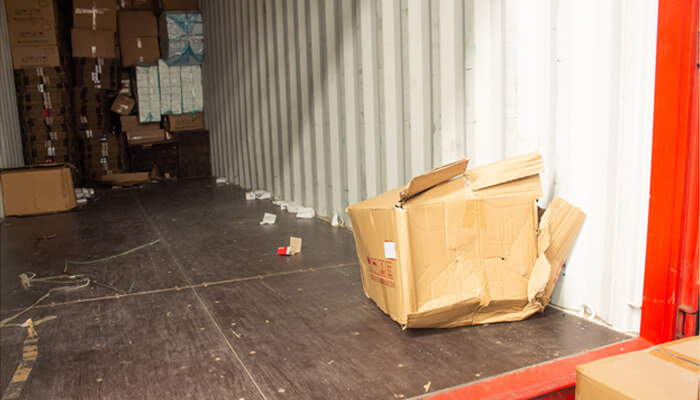You know that you need to do everything in your power to protect your freight during shipment, and that means using shock and impact indicators on packaging to provide information about how items were handled while they traveled from there to here. However, impact indicators are tools designed for specific applications, and if you are using them improperly, you might not be getting the information you need to keep your shipments safe.
Here is a guide to how impact indicators work, replete with tips and tricks for using impact indicators properly to achieve the correct effects during shipping.
What Is an Impact Indicator?
The term “impact” has expanded in business language to cover the metaphorical impact of certain high-level decisions. Thus, when many business leaders search for more information about “impact indicators,” they are apt to find information about detecting change across an organization to determine the effectiveness of business strategy. It is worth noting that these types of impact indicators are not what you need to keep your freight safe.
Instead, you need the type of impact indicators that will monitor the handling of a package experienced during transit. Most impact indicators work incredibly simply to provide information about the treatment a package has received; they adhere to the exterior of a package and contain a vial of liquid which, when subjected to a certain level of force, will burst, indicating that a package has likely sustained serious damage. Different impact indicators can withstand different levels of force, giving you more accurate intel regarding the impacts your freight has suffered as it traveled from there to here.
There are other, more advanced and intricate types of impact indicators. Some impact indicators use sensors within packages to track impacts and shocks. Some indicators might send information back to shippers and carriers to provide information about handling in real time and allow anyone to intercept a package mid-transit to reduce damage before delivery. Other indicators might have time tracking tools that allow shippers or carriers to better understand when the impact occurred during shipment.
There are dozens of good reasons to use impact indicators in shipping. Some of the most common include:
1. Reduction of mishandling of freight.
Upon seeing the presence of an impact indicator on the outside of a package, most carriers will be more careful in their handling and storage of that package.
2. Indisputable evidence of mishandling.
Impact indicators that have been triggered before delivery are useful tools in filing damage claims with carriers, which can reduce the costs associated with damaged freight.
3. Reminder for inspection before acceptance.
The presence of an impact indicator can remind recipients of the importance of inspecting their package before accepting the delivery, as accepting the delivery makes filing damage claims more difficult.
4. Test of package effectiveness.
If a package does not sufficiently protect shipped goods from shocks typical to transit, shippers need to know that they need to improve their packaging strategy.
5. Useful tool for improving the supply chain.
Businesses can use impact indicators to identify trouble spots within the supply chain, so they might find different suppliers or carriers to improve the quality of their goods and reduce disruptions in supply.
6. Statement about product quality.
An exceedingly high-quality product deserves a high level of protection during shipment. By investing in impact indicators, you are confirming that your goods have a certain level of inherent value.
How to Use an Impact Indicator
Where you place an impact indicator can affect its effectiveness at detecting dangerous shocks. In most cases, you should find a location near the base of your package or cargo container to adhere to the label. Then, the indicators will be more likely to accurately detect forceful impacts on the ground. When placed toward the top of the package, the contents inside might cushion any force, leading to an underestimation of impacts experienced during shipment.
You should choose an impact indicator that measures levels of force that will be dangerous to your goods. If your products are remarkably sensitive, you might select indicators that detect the most minor bumps. You might experiment with different levels of impact to determine what amount of force creates unacceptable levels of damage to your shipments.
Impact indicators are affordable and easy to use. Whether your goods continue to be damaged during shipping or you want to prevent undue harm coming to your freight, you can begin using impact indicators today for more information and better outcomes.




